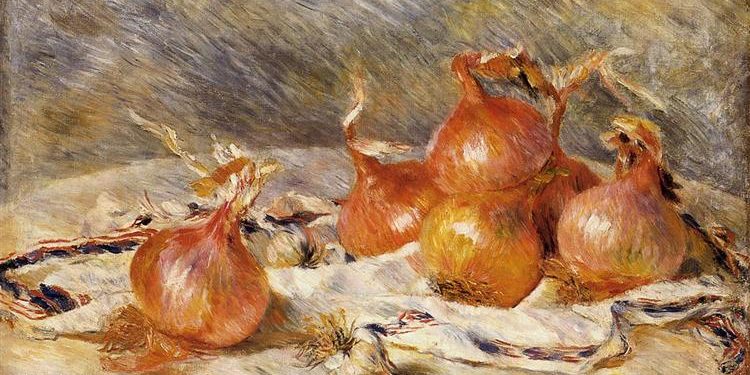Part of our diet is the intake of vitamins, and minerals and fiber come from fruits and vegetables.
Due to consumer demand for dietary convenience and awareness of health benefits, the consumption of minimally processed ready-to-eat products has greatly increased.
The main components of onions are water (89.1%), carbohydrates (9.3%), protein (1.1%), fat (0.1%), vitamins, minerals, sulfur compounds, saponins and flavonoids. Onions are rich in vitamin C and are a good source of dietary fiber and folic acid. And has a high protein quality.
The health benefits of onions are mainly related to their biologically active ingredients:
(1) Non-structural and soluble carbohydrates;
(2) Sulfur compounds;
(3) Phenolic compounds
The flavonoids in onions are effective antioxidants.
The potential health effects of onion bioactive compounds include anti-cancer, anti-cholesterol, anti-depressant, anti-diabetic, anti-microbial and anti-osteoporosis, Antihypertensive, antispasmodic activity and zinc ions.
Onions are rich in quercetin, a flavonoid, one of the antioxidant compounds. Studies have shown that consuming 10 grams of onions can provide about 4 mg of quercetin, which is equivalent to the recommended daily vitamin E intake for adults.
Quercetin also helps to eliminate free radicals in the body, and protect and regenerate vitamin E. Red onions are more active than yellow onions.
Because bioactive compounds are thermally unstable, onions must be eaten raw or only moderately cooked, never maximizing the efficacy of eating.
Onions are also very versatile. For example, onion skins can be used as natural fabric and textile dyes, and do not contain harsh chemicals. Onions that cannot be put on the market can be used as feed for sheep. Feeding onions to sheep helps ranchers reduce the cost of feed and water. In 2009, an American onion processor introduced a new power generation system that can convert onion juice into electricity, saving thousands of dollars in electricity costs. In addition, the spicy juice of onions helps relieve the stinging sensation of bees.
References
Onion. In: Foods that Changed History: How Foods Shaped Civilization from the Ancient World to the Present. Cumo, CE. 2015.
“Onion Cultivation and Production in Iran”. Ansari NA. 2007.
“History of onions”. US National Onion Association, Greeley, CO. 2011.
“All About Onions”. www.onions-usa.org. 2019.
“Onion Cultivation and Production in Iran” Alemzadeh Ansari, Naser. 2007.
Science and Biotechnology: Faculty of Agriculture, Shahid Chamran University, Ahwaz. 1990.
Garlic and Other Alliums: The Lore and the Science. Block, Eric. 2010.
Fresh‐Cut Onion: A Review on Processing, Health Benefits, and Shelf‐Life, Maryam Bahram‐Parvar. 2018
Flavors in onion: characterization and commercial applications. Bhat NR, Desai BB, Suleiman MK. 2010.
Quality changes in diced onions stored in film and packages. Howard LR, Yoo KS, Pike LM, Miller GH. 1994.



